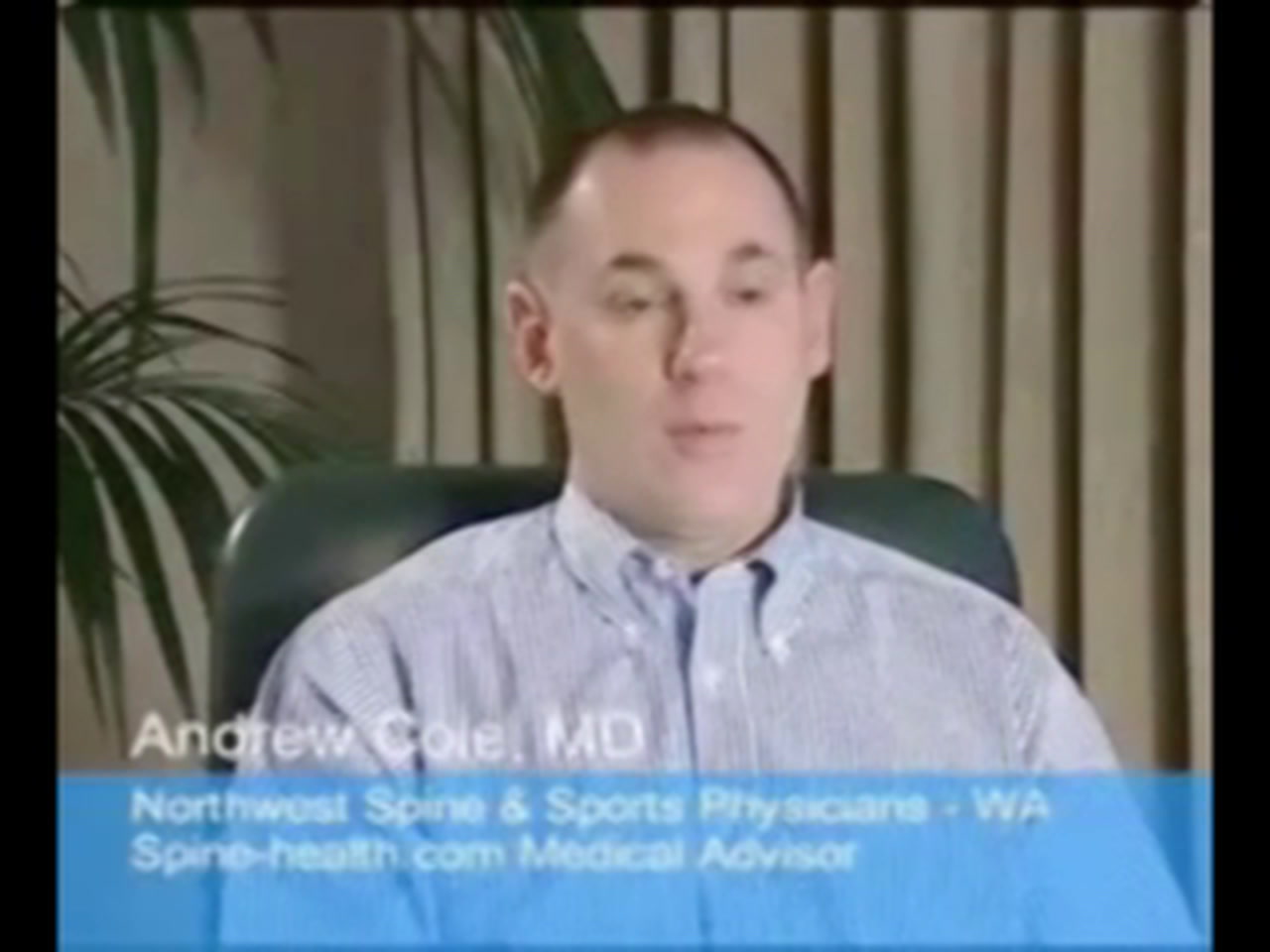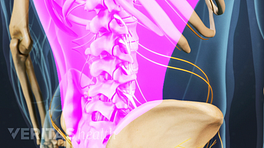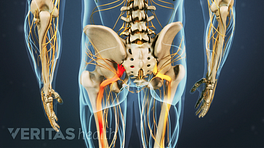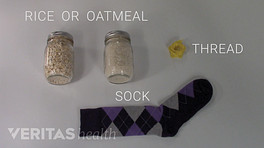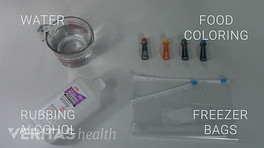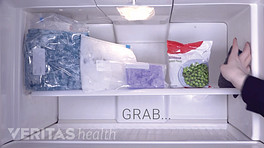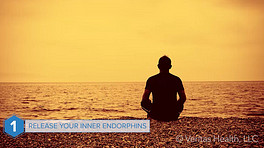I'll frequently have patients who I'll treat for a period of time for low back pain or low back and leg pain and we'll go through a regime of treatment with them, including the seven points you always want to make sure any good rehabilitation program has. First you want to control inflammation and pain. Then you want to work on range of motion. Then you want to work on strength training. Then you want to work on endurance and sport-specific or activity-specific training. And then you want to work on cardiovascular fitness. And those are all key points in any good musculoskeletal rehabilitation program.
Some of the other things you can do to help with back pain are ice and heat. And one or the other works for different people in different ways and one is not necessarily better than the other; it's what works for you. There are some key points to keep in mind, though. One is you want to use them for about twenty minutes each. You don't want to alternate them, so pick which one works best for you. And, if it's ice, twenty minutes at a time. You can use the peas that come in a frozen bag and keep them in the freezer, and then when you need it, you can conform it to your low back and that's an inexpensive way to apply cold to your back. The other way you can do it is to go out and get the plastic, gel-filled packs that are sold at most pharmacies and they can be used for heat or cold, you can put them in your microwave or keep them in your freezer. But the key with cold is, twenty minutes at a time; every other hour is about the time limit that you want. And the time is important because less than that you're not going to get the real effect and more than that you're going to counteract the effects that the ice helps with, which is to decrease swelling and inflammation. On the other hand, heat which can also be used about every two hours for twenty minutes at a time. Moist heat is better than dry heat and if you are going to use dry heat such as a heating pad, one very important thing to remember is don't go to sleep with the heating pad on your back, even if it's on low and fall asleep on it because the heat effect is cumulative and you can get very severe burns just from a heating pad on low that you slept on at night, overnight. So never do that and never, never fall asleep on a heating pad.
Once you've covered those things and the exercise program that you've learned, back off to the basic, gentle stretches and what are called the isometric exercises - the ones where you are tightening down the muscles, but not moving your body parts - and then gently progress through your exercise program over the course of the next few days as your pain begins to subside. Other things that you can do to help with that pain are over-the-counter anti-inflammatories, assuming that you don't have any medical problems that would contraindicate you from using them. And some of those things would include any allergies to aspirin or any of the other anti-inflammatories that may be out there or that you were given by your physician, in which case you should definitely not take any over-the-counter anti-inflammatories. If you have ulcers or reflux, you certainly want to check with your physician first - liver or kidney problems of any kind check with your physician first.
In This Article:
- Treatment for Back Pain Flare-Ups Video
